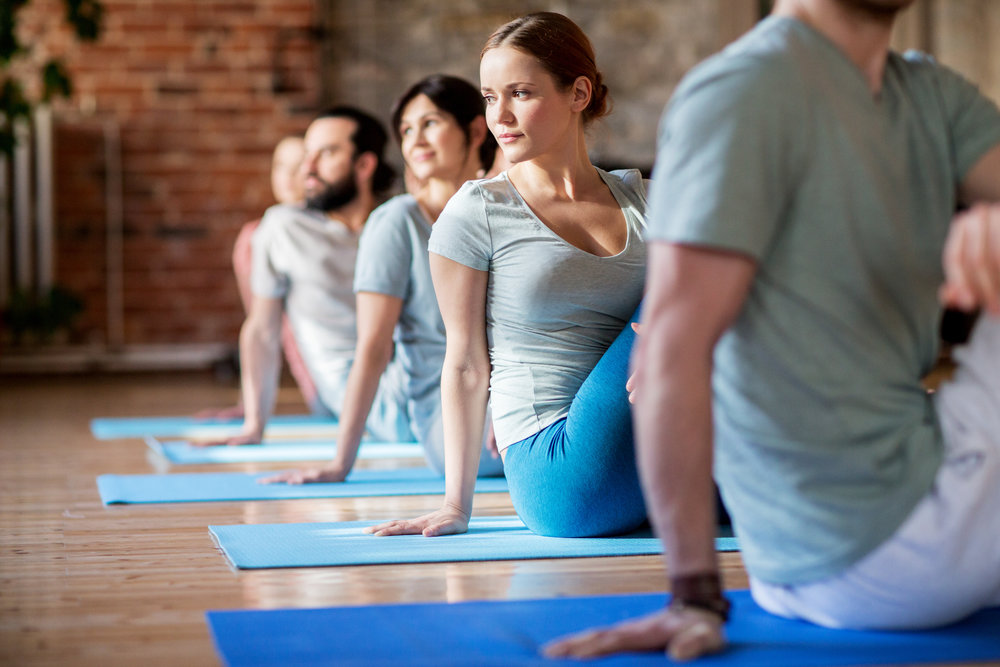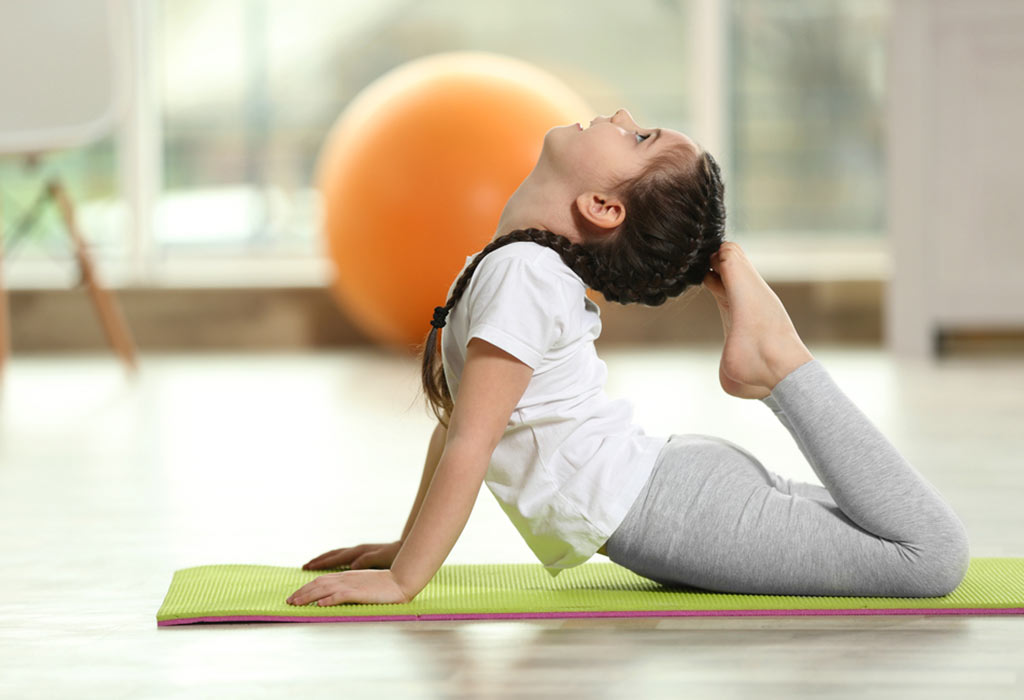
If you wish to bring your body, mind, and soul into unison and improve your overall wellbeing, yoga is the best practice to achieve that. Yoga has been around since ancient times and has been considered to tremendously improve your health and life quality. In the 20th century, Yogacharya Bellur Krishnamachar Sundararaja Iyengar developed his own style of yoga that became popular by the name Iyengar yoga. The Iyengar yoga sequences have nearly 200 postures (asanas) and 14 breath control methods (pranayamas). It also incorporates the use of several simple props like a chair, belt, blanket, wooden blocks, etc. which make the practice easier for the beginners. Heart chakra is a powerful form of yoga that makes your body, mind, and soul stronger, more sensitive, and flexible by correcting postures and alignments.
Difference between Iyengar yoga and other yoga types
In the present day and age, there are several forms of yoga such as power yoga, aerial yoga, and more. All these types differ in intensity and the purpose they are used for. Iyengar yoga is unique in itself and has many attributes that differentiate it from other types.
- This type of yoga concentrates on the natural anatomy of your body. You need to pay attention to your body’s natural structure and functions while performing the asanas.
- Unlike other yoga forms, all the poses in Iyengar yoga are performed in a particular sequence.
- It involves extensive use of props which makes it safe and easy for people of all age groups.
- Deep concentration is important for all poses and methods of Iyengar yoga which is why it is also considered equivalent to meditation.
Simple asanas for beginners
Iyengar yoga is an intense form of yoga. But to begin with, you can choose simple postures that will improve your muscular strength and flexibility and help you to get to more complex poses.
Tadasana
It stretches the upper body and improves body alignment. It also helps in maintaining balance and reduces joint pains. To perform Tadasana, you stand straight with your hands on the sides and legs joined. You join your hands, take them above your head, and lift your heels. You should try holding this pose while breathing deeply.
Halasana
This pose is effective in increasing flexibility, reduces back pain, and strengthening the spinal cord. You lie straight on your back with your hands on either side. You lift your legs and take them in a 180-degree arc to touch the floor behind your head (as much as you can). Now bring them back and ensure that your body is aligned straight throughout.
Trikonasana
It strengthens your upper body by stretching your shoulder, neck, and spine muscles. You stand straight with your feet slightly apart and your hands stretched parallel to the ground. Bend your body down on either side one after the other while keeping your waist straight.
Precautions to be taken
Like any other form of yoga, Iyengar yoga also requires you to take some precautions.
- Do not perform it on a full stomach
- Wear comfortable clothes
- Follow the instructions completely and maintain the sequence
- Breathing and concentration is of the utmost importance
- Avoid alcohol before practicing Iyengar yoga



